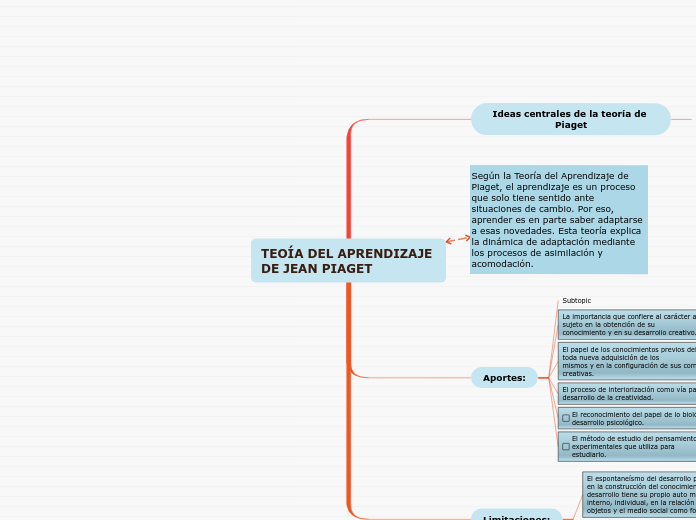przez JUAN AGUILAR 4 lat temu
541
TEOÍA DEL APRENDIZAJE DE JEAN PIAGET

przez JUAN AGUILAR 4 lat temu
541

Więcej takich
The ending of a story is essential. We all know that if the ending is weak, what happened before loses its importance. So make it unpredictable, but fair. A resolved ending answers all the questions and ties up any loose threads from the plot.
This is the closure section of the story.
See examples of possible outcomes below:
This is the moment when the main character surpasses the last obstacle and finally faces their greatest challenge.
The climax usually follows one of these patterns:
Type in your answer.
The middle of the story is where you add layers of complications that will lead to the end. Reveal more about the character's journey. Did their personality go through changes? How did they overcome the challenges? And as you build up the story’s central conflict, make it more personal to that character. Also, from the middle act, you have to lead into the final act.
There wouldn't be any tension and excitement in your story if there weren't any obstacles in your character's way.
Your character(s) need(s) motivation in order to solve the challenge(s).
Each story has a main character and that character usually needs to solve a problem or challenge. The character's challenge is the one that creates tension throughout the story.
In the beginning of the story (or the exposition), you will need to introduce the setting and characters. You might also want to introduce the main conflict. This part of the story is important because it gives the reader necessary background information and maybe even a first insight into a character’s personality.
El desarrollo intelectual es la premisa y origen de toda la personalidad, o lo que es lo mismo, a partir del desarrollo del pensamiento se produce el desarrollo moral, afectivo del niño.
La vía para esta construcción del conocimiento va a partir de las acciones externas con objetos que ejecuta el niño, por un proceso de internalización, a transformarse paulatinamente en estructuras intelectuales internas, ideales. Esta internalización es el proceso de desarrollo intelectual del sujeto que tiene tres grandes períodos: la inteligencia sensorio - motriz, el de preparación y realización de operaciones concretas y finalmente el del pensamiento lógico formal.
El organismo cognitivo que Piaget postula, selecciona e interpreta activamente la información procedente del medio para construir su propio conocimiento en ves de copiar pasivamente la información tal y como se presenta ante sus sentidos. Todo conocimiento es, por tanto, una construcción activa de estructuras y operaciones mentales internas por parte del sujeto
Para comprender esta relación de un sistema vivo, con su ambiente la noción fundamental es la de equilibrio: en un medio altamente cambiante para que un organismo permanezca estable y no desaparezca debe producir modificaciones tanto en su conducta (adaptación), como de su estructura interna(organización)